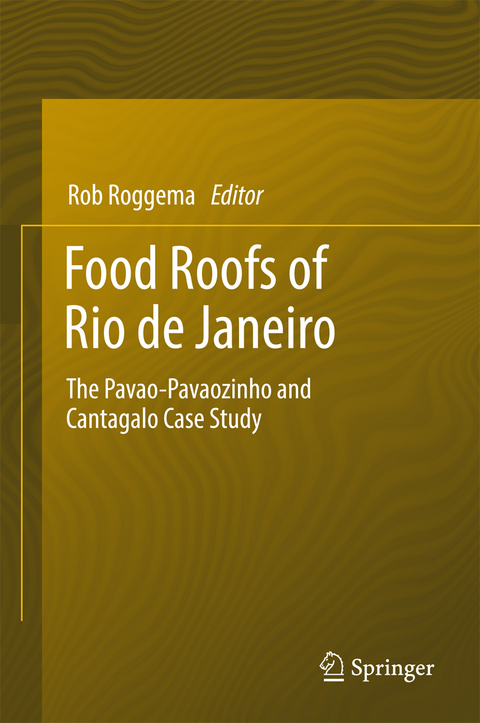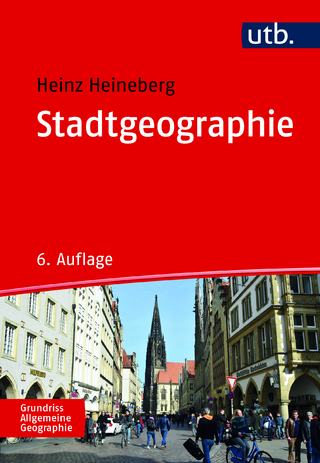
Food Roofs of Rio de Janeiro
Springer International Publishing (Verlag)
978-3-319-56737-2 (ISBN)
Secondly, the discourse in urban agriculture shifts from the early stage in which every initiative is interesting, food production is a social activity and an estimated contribution to sustainability, towards the question how much food is actually produced within the city boundaries. Analyses show that the amount produced is very little. The follow-up question is how more food could be produced in the city? This is obviously also a matter of space. Current urban concepts do not offer enough space for food production and this implies new concepts need to be found. In the context of the favelas these new spaces need to be found on roofs.
Dr Rob Roggema, Landscape Architect, is an international renowned design-expert on climate adaptation, renewable energy planning and urban agriculture. He held positions at several universities in the Netherlands and Australia, State and Municipal governments and design consultancies. He is director of Cittaideale, a research office for adaptive design and planning. He received the scientific award for best paper at the Sustainable Building conference in Melbourne in 2008.
Preface.- Introduction.- Role of food in spatial planning and design.- Space for food in the city.- Networks and chains in the provision of food.- Policy Context: PAC.- Engagement of residents.- Development of an overall design strategy.- Development of the FoodRoof.- Design of the roof.- Building a FoodRoof in one week.- Interview with Marcelo Assunçao, Owner of the first FoodRoof.- Conclusions and Outlook.
| Erscheinungsdatum | 23.06.2017 |
|---|---|
| Zusatzinfo | XII, 201 p. 158 illus., 146 illus. in color. |
| Verlagsort | Cham |
| Sprache | englisch |
| Maße | 155 x 235 mm |
| Gewicht | 496 g |
| Themenwelt | Naturwissenschaften ► Geowissenschaften ► Geografie / Kartografie |
| Schlagworte | agricultural science • Agriculture • design, landscape • Development Studies • Earth and Environmental Science • Food & beverage technology • Food & beverage technology • Food planning • FoodRoof, Rio de Janeiro • food science • Geography • Landscape/Regional and Urban Planning • regional & area planning • Regional & area planning • Sociology • Urban Agriculture • Urban communities • Urban Design, Adaptation • Urban Studies/Sociology |
| ISBN-10 | 3-319-56737-3 / 3319567373 |
| ISBN-13 | 978-3-319-56737-2 / 9783319567372 |
| Zustand | Neuware |
| Haben Sie eine Frage zum Produkt? |
aus dem Bereich


